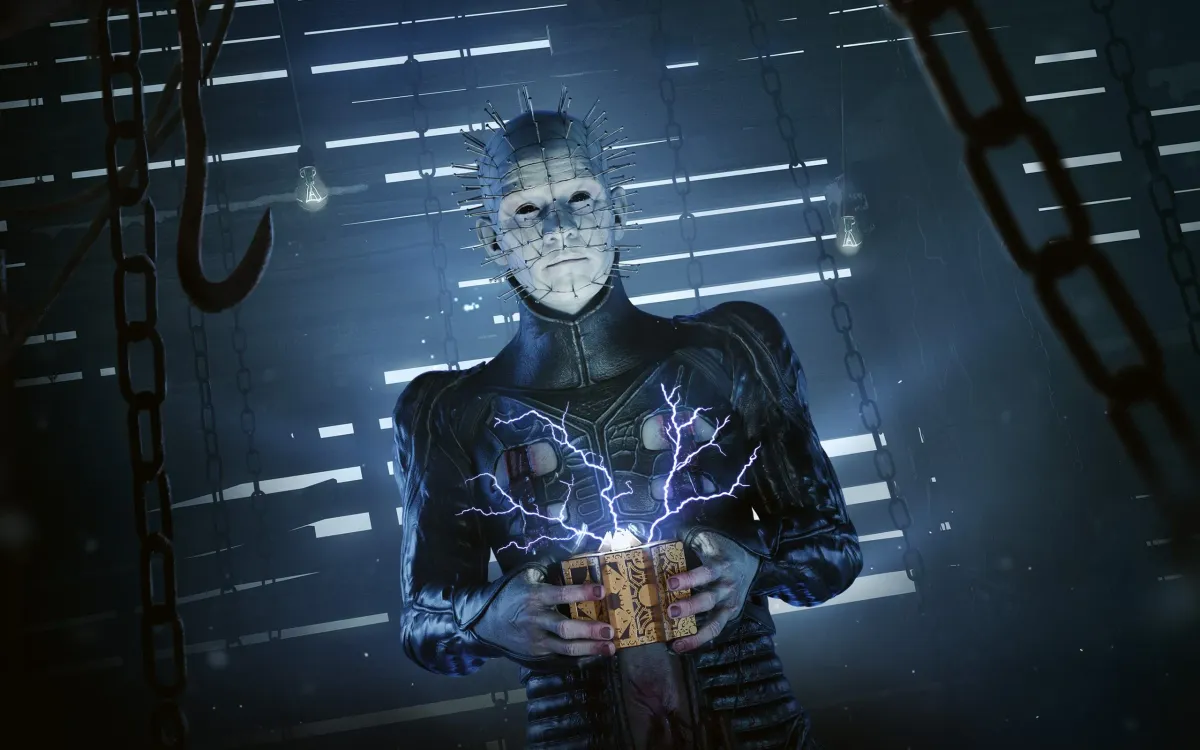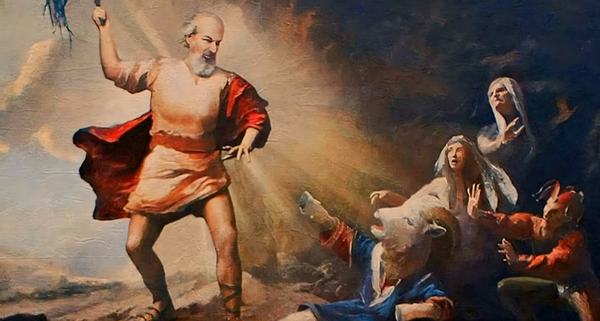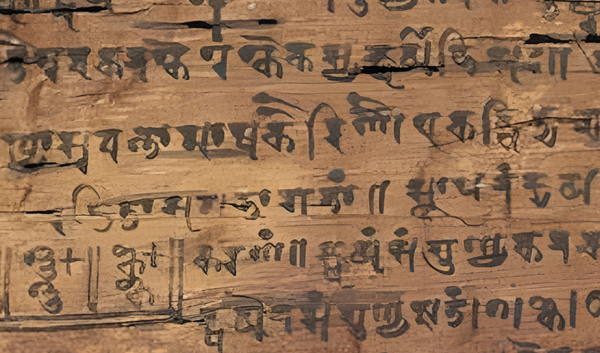Hellraiser: A Tale of Two Movies

I finally caught the new Hellraiser (2022) on Hulu. Okay, first off, let’s look at the the Cenobite leader. In the original, we had this iconic, terrifying, figure with a voice like gravel. But in the Hulu remake, they've switched gears, presenting the lead Cenobite as female. Now, before you start thinking this is a total left-field move, let me hit you with a fact – in Clive Barker's original novella, "The Hellbound Heart," this character was gender neutral with a feminine voice. So, Hulu isn't rewriting history here; they're just digging deeper into the lore.
Now, onto the scripts. The 1987 movie, a cult classic, was a tight, twisted tale, dripping with Barker's unique brand of horror. The dialogue? Chilling. The setting? Gloomily perfect. Fast forward to the present, and well, the new script feels... different. It's like they took the original's essence and stripped it back, focusing more on shock value than storytelling. But hey, they did keep some iconic lines, like "We have such sights to show you" – gotta love those throwbacks!
Characters, characters, characters. In the '87 Hellraiser, they were, well, kinda relatable in a twisted way? You got Frank's greed, Julia's lust, Kirsty's innocence – a whole palette of human flaws. Cut to the remake, and it's like they threw character depth out the window. It's hard to root for anyone when you don't really know them, right?
Let’s talk about the Lament Configuration – that infamous puzzle box. In both films, it's the key to unleashing hell, literally. But what the new movie does interestingly is dive into the box’s symbolism. Six configurations, each representing a different gift or curse: Lament, Lore, Lauderant, Liminal, Lazarus, and Leviathan. Pretty neat, right? Gives the whole thing a deeper meaning beyond just being a creepy cube.
Christopher Young: A Composer of Nightmares
Christopher Young is a legend in the horror genre. Before he tackled Hellraiser, he'd already made a name for himself with the score for "A Nightmare on Elm Street 2." But with Hellraiser, he took things to a whole new level. His composition wasn't just background music; it was an integral part of the film, setting the tone and amplifying the horror.
Young's score for Hellraiser is nothing short of iconic. It's this perfect blend of gothic horror and classical orchestration that just gets under your skin. The main theme, with its eerie, haunting melodies, encapsulates the film's essence – a dark, twisted fairy tale. The way he uses the strings, it's like they're weeping and wailing, giving voice to the unspeakable horrors unfolding on screen.
But it's not just about creating a spooky atmosphere. Young's music adds depth to the narrative. It reflects the characters' emotions, the escalating tension, and the sheer terror of encountering the Cenobites. This score isn't just heard; it's felt.
Fast forward to the Hulu remake, and you can tell the creators knew they were dealing with something sacred. Instead of trying to reinvent the wheel, they chose to pay homage to Young's original work. Those chilling melodies make a comeback, bridging the gap between the old and the new. It's a smart move, tapping into the nostalgia of the fans while maintaining the eerie atmosphere that defines Hellraiser.
But here's the thing – while the new movie does a great job of incorporating Young's themes, it also adds its own twist, creating a blend of old and new. This approach respects the original while giving the remake its own identity, musically speaking.
Christopher Young's score for the original Hellraiser isn't just a set of spooky tunes; it's the soul of the movie. It elevates the film from a mere horror flick to a cinematic experience. The remake, in paying homage to Young's work, acknowledges the power of music in storytelling, especially in a genre as visceral as horror. It's a testament to the lasting impact of Young's composition – a haunting melody that continues to resonate through the halls of horror cinema.
The Mythology
Now, here’s my beef with the remake – where’s the mythology, the compelling backstory? The Cenobites, led by the iconic Pinhead, are central to the Hellraiser universe. In Clive Barker's world, they're not your run-of-the-mill demons. They're former humans transformed into creatures of the netherworld, existing in a dimension where pain and pleasure intertwine. They're summoned through the Lament Configuration and are bound to its rules.
Each Cenobite has a backstory, a human life they left behind. Their transformation into these beings is a result of their own desires and choices, often driven by an obsession with the box and what lies beyond. This adds layers to their characters; they're not evil for evil's sake but rather entities driven by a twisted sense of purpose.
Now, the Lament Configuration – it's not just a creepy puzzle box. This device is a gateway to the realm of the Cenobites. When solved, it opens a portal, and well, that's when the fun (or terror) begins. But here’s the kicker: the box is a test of sorts. It lures individuals seeking knowledge, power, or pleasure, but at a price – an encounter with the Cenobites and a journey into their realm.

The backstory of the box is steeped in mystery. Its origins are ancient, shrouded in esoteric lore. It's said to be crafted by a toymaker named Lemarchand, who, under demonic influence, designed it as a bridge between worlds. Each configuration of the box represents different aspects of the human experience, as seen in the new movie with its six configurations: Lament, Lore, Lauderant, Liminal, Lazarus, and Leviathan.
This intricate backstory of both the Cenobites and the Lament Configuration is what sets Hellraiser apart from typical horror flicks. It’s a rich, dark tapestry of human desires gone awry, of a curiosity that leads to a terrifying yet fascinating world. This depth is something I felt was lacking in the new Hulu remake. They had a chance to dive deep into this mythology, to explore the origins and the lore, but it seems like they just skimmed the surface.
In the original film, the sense of mystery surrounding the box and the Cenobites adds to the horror. They're not just scary because they look terrifying; they're scary because of what they represent – the unknown consequences of forbidden desires No offense to the creators, but it felt like they missed an opportunity to dive deeper into the Hellraiser universe.
Overall, it's a mixed bag. The new Hellraiser has its moments, no doubt. But does it hold a candle to the original? Not quite, in my opinion. The original had this raw, gritty feel that just can’t be replicated. The remake? Slick, but lacking soul.
Thanks for sticking with me through this deep dive, folks. It's always a blast revisiting classics and their remakes. But hey, that’s just my two cents. What do you think? Did the remake do justice to the original, or was it a puzzle box better left unopened?
And remember – in the world of horror, sometimes the scariest thing is a remake not living up to its legacy.




